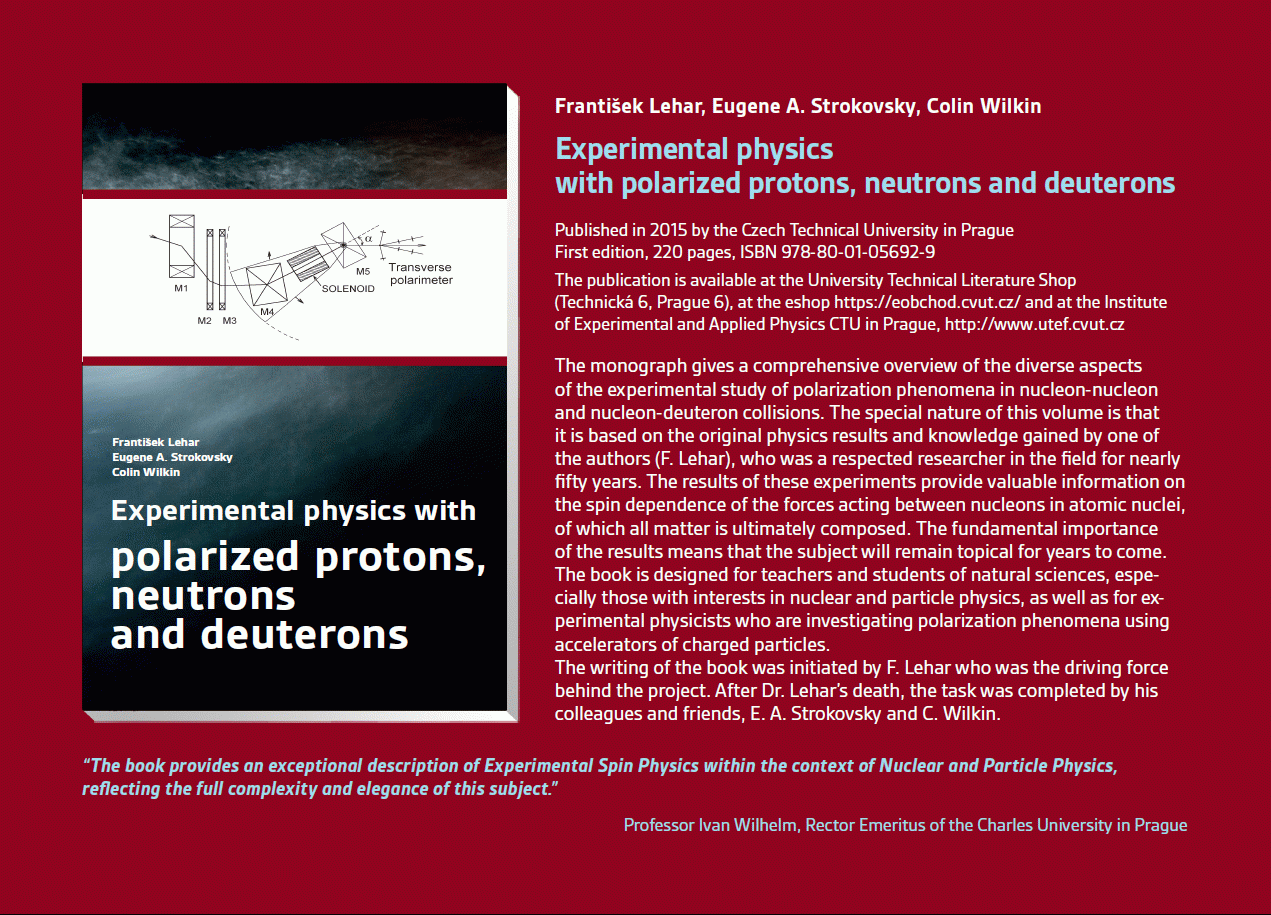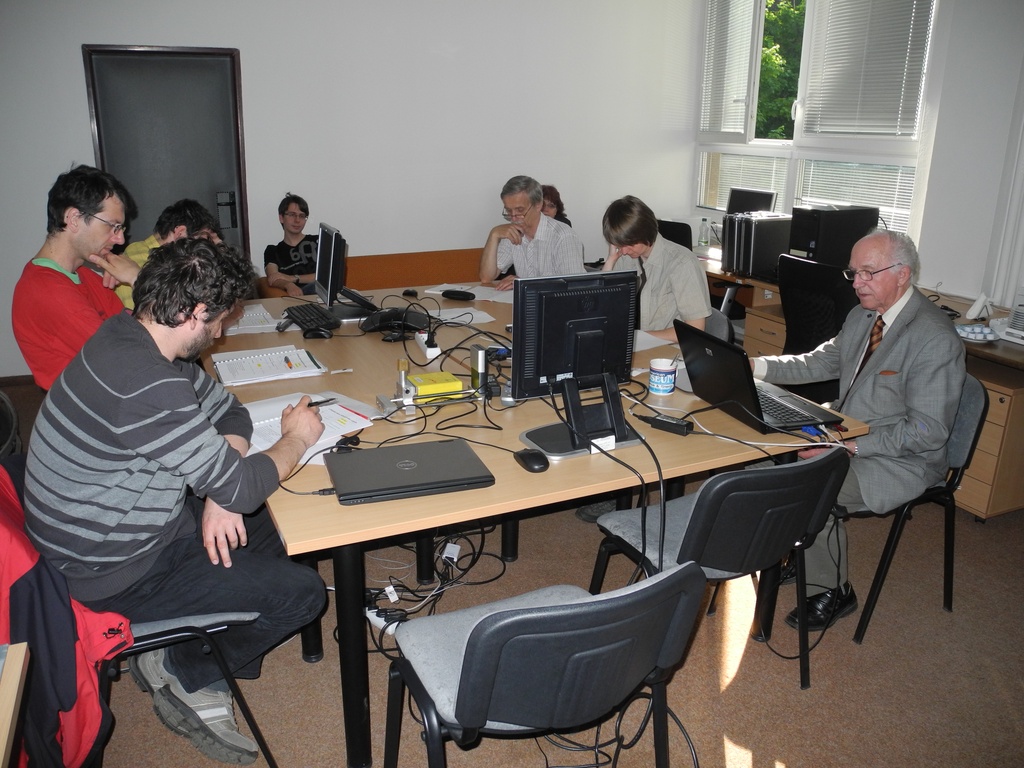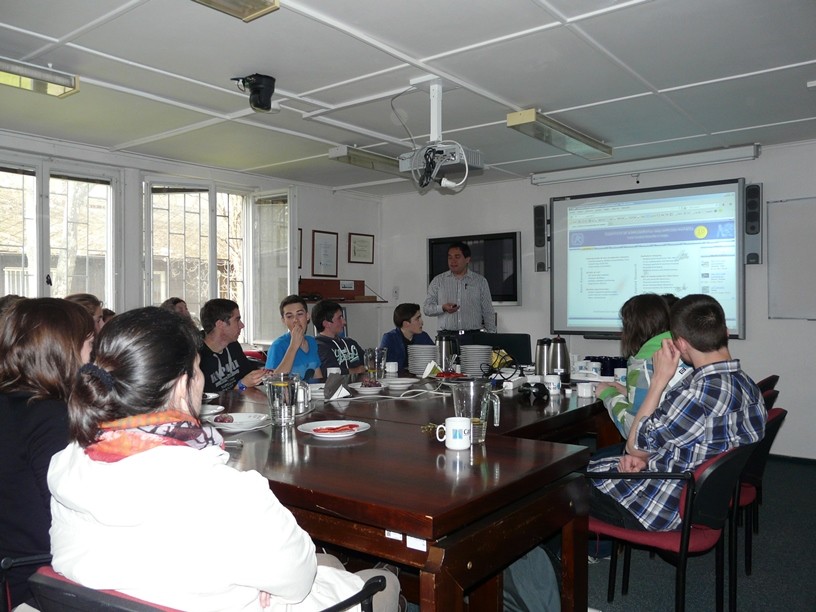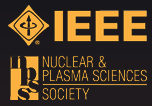Dílčí úkoly
> Využití efektů kanálování/blokování
Využití efektů kanálování/blokování

When a beam of charged particles enters a single
crystal along a major crystallographic planar or
axial direction, one observes a spectacular reduction
of the yield associated to events that imply
close nuclear encounters (nuclear reaction, large
angle elastic scattering, formation of core-shell
electron vacancies on target atoms and corresponding
X-ray emission. . .). All these effects are
characteristic of a phenomenon called Channeling,
discovered and explained 40 years ago [1]. Channeling
is the direct consequence of the fact that, in
the particular beam-crystal geometry described
above, the particles experience strongly correlated
binary collisions with target atoms. These collisions
focus the beam far from the atomic strings or
planes of the crystal. Thus, the uniform flux
associated to an beam impinging a crystal
surface becomes progressively highly non-uniform
as the particles penetrate in the bulk, with a pronounced
maximum at the center of the ‘channels’
delimited by the atomic rows or planes.
The effect of channeling/blocking is studied with Medipix type semiconductor pixel detectors.
Řešitel
Spolupracovníci
| Vacík Jiří | ÚJF AV ČR |
| Koester Ulli | ILL Grenoble |
| Platkevič Michal | UTEF |
Granty:
Články v impaktovaných časopisech
(0)
(0)
Hledat
Události
21.-22. 11. 2014
Seattle, USA
8-15 Nov 2014
Surrey, Velká Británie
8. září 2014
9. září 2014
24. 4. 2014
3. 4. 2014
Seoul, Korea
27 Oct - 2 Nov 2013
Paris
23-27 June 2013
Anaheim, USA
29 Oct - 3 Nov 2012






 Experimental physics
with polarized protons, neutrons and deuterons
Experimental physics
with polarized protons, neutrons and deuterons Progresivní detekční metody ve výuce subatomové a částicové fyziky
na ZŠ a SŠ
Progresivní detekční metody ve výuce subatomové a částicové fyziky
na ZŠ a SŠ NSS MIC IEEE Conference
NSS MIC IEEE Conference Konference SEPnet, CERN@school
Konference SEPnet, CERN@school Lovci záhad - spolupráce ČT a ÚTEF
Lovci záhad - spolupráce ČT a ÚTEF Progresivní detekční metody ve výuce subatomové a částicové fyziky na ZŠ a SŠ
Progresivní detekční metody ve výuce subatomové a částicové fyziky na ZŠ a SŠ Návštěva v rámci projektu „Listening to the universe by detection cosmic rays“
Návštěva v rámci projektu „Listening to the universe by detection cosmic rays“ NSS MIC IEEE Conference
NSS MIC IEEE Conference 15thIWORID
15thIWORID NSS MIC IEEE Conference
NSS MIC IEEE Conference